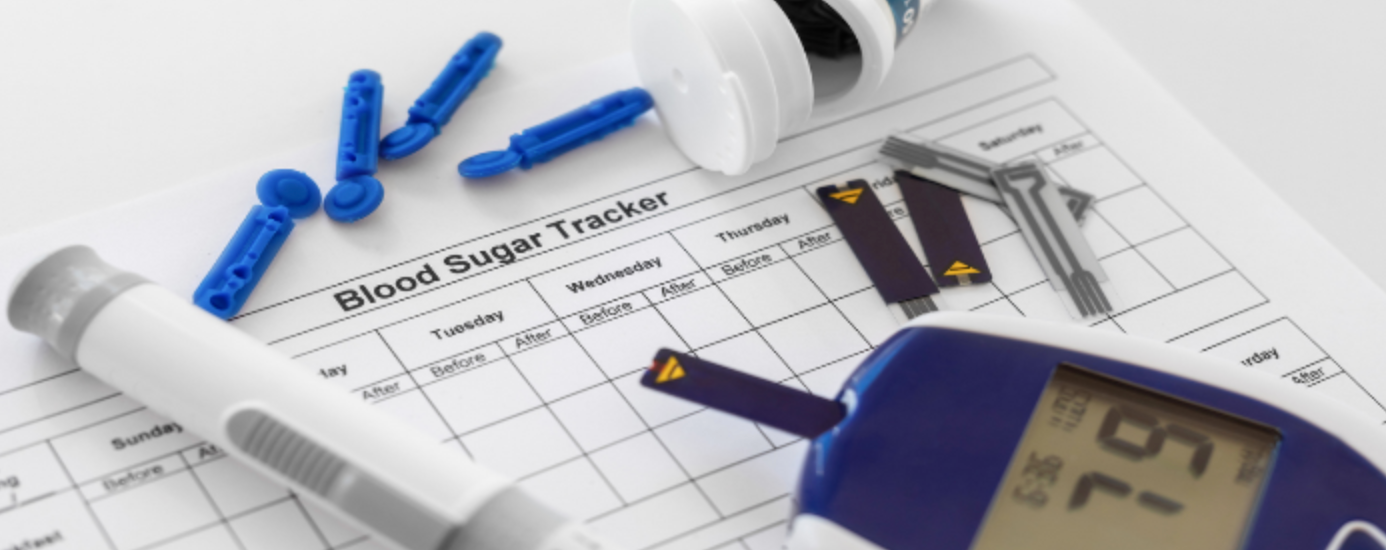What Is the Difference Between Type 1 and Type 2 Diabetes?

While there are many similarities between type 1 and type 2 diabetes, the conditions also have several differences. Most notably, the two types of disease vary in their cause, who they affect, and their management.
What Are the Similarities of the Two Diabetes Types?
Both type 1 and type 2 diabetes cause your blood to collect too much glucose, leading to high blood sugar. The pancreas produces the hormone insulin to regulate your metabolic processes, providing cells with energy. Your insulin production varies based on the sugar, or glucose, in your blood.
In those without diabetes, insulin production balances the body’s metabolic processes by allowing the cells to absorb glucose from the blood, where it’s converted to energy or fat. Those with diabetes may produce too little or no insulin, leading to an excess of glucose in their bloodstream, or high blood sugar.
What Are the Main Differences Between Diabetes Types?
There are a few key differences between type 1 and type 2 diabetes.
They Have Different Causes
Type 1 diabetes develops when the body attacks the pancreas by mistake, so the organ can no longer produce insulin. In contrast, type 2 diabetes occurs when the body can’t make enough insulin, or the insulin the body produces doesn’t work effectively.
They Have Different Risk Factors
While there is a genetic component to developing both types of diabetes, genetics alone don’t cause the condition. While scientists have theories, there is no definitive trigger that causes type 1 diabetes.
However, type 2 diabetes does have significant risk factors, including obesity, poor diet, lack of exercise, and ethnicity.
They Have Different Symptoms and Develop Differently
Type 1 and type 2 diabetes have similar symptoms, including:
- Frequent urination
- Unexplained weight loss
- Excessive thirst
- Excessive hunger
- Blurry vision
- Dry skin
- Fatigue
- Lowered immune response
However, those with type 1 diabetes often see their symptoms develop early in life, between the ages of 2 and 15. In contrast, most type 2 diabetes patients receive a diagnosis when they’re over 50.
Additionally, type 1 diabetes symptoms usually present suddenly. In contrast, type 2 diabetes symptoms can be vague and develop slowly. Often, patients with type 2 diabetes have a mild condition called prediabetes for months or even years before it becomes diabetes.
They Have Different Ways to Manage
Currently, the only way to manage type 1 diabetes is by taking insulin regularly to control blood sugar. Type 2 diabetes patients may require insulin but may also be able to manage their condition through medication, diet, and exercise, depending on its severity.
Many patients genetically predisposed to develop type 2 diabetes can control the condition through diet, exercise, and weight management. Additionally, type 2 diabetes can go into remission.
Despite their differences, both type 1 and type 2 diabetes are conditions requiring proper medical care to manage their symptoms and prevent complications.
This post was written by a medical professional at Stemedix Inc. At Stemedix we provide access to Regenerative Medicine for the joints, also known as stem cell therapy for joints! Regenerative medicine has the natural potential to help improve symptoms sometimes lost from the progression of many conditions.







